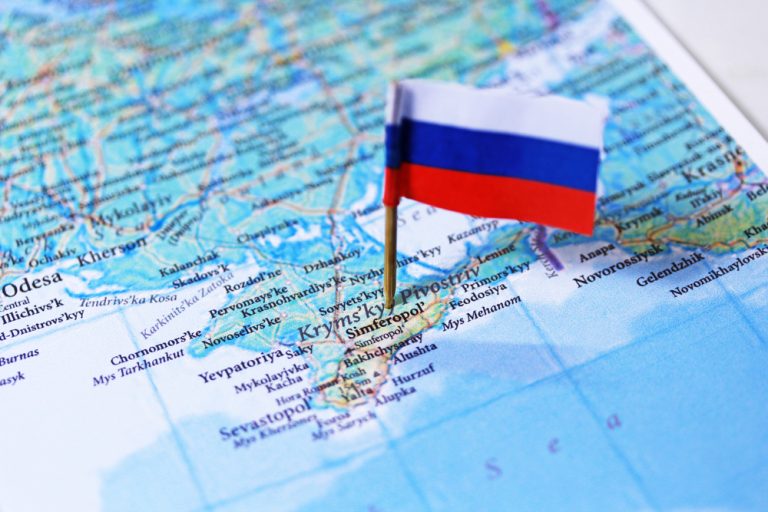Massive Asset Transfers Reshape Russian Economic Landscape
Russian authorities have confiscated approximately $50 billion in assets over the past three years, marking a sharp transformation of the country’s economy under wartime conditions. The figure, revealed by Moscow law firm NSP, highlights how the government has leveraged the Ukraine conflict to shift toward a tightly controlled, state-driven model often referred to as “fortress Russia.”
Asset seizures have included both Western companies and domestic enterprises. Western brands that exited the market — including Uniper, Carlsberg, McDonald’s and Mercedes-Benz — often had their holdings either seized or forcibly sold. Meanwhile, some Russian-owned businesses have faced expropriation under legal pretexts such as corruption allegations, mismanagement, or national interest concerns tied to strategic resources.
Wartime Nationalization Intensifies
Over 3.9 trillion roubles’ worth of assets have changed hands, according to NSP, in what is being described as widespread “nationalisation.” The legal justifications vary, but the result is a consolidation of economic control by the Russian state. President Vladimir Putin has signed multiple decrees allowing the transfer of foreign-owned assets to Russian control, framing these moves as retaliation for what the Kremlin views as unlawful Western sanctions.
Among the domestic targets, prosecutors are now seeking to take over billionaire Konstantin Strukov’s majority stake in gold mining giant Uzhuralzoloto. Such moves underscore how the war has elevated the power of the state over private enterprise, with national interests and wartime priorities taking precedence over property rights.
From Market Economy to State Control
Russia’s journey since the Soviet Union’s collapse in 1991 once held promise for market reforms and integration into the global economy. The early 2000s saw strong economic growth under Putin, with GDP rising from $200 billion in 1999 to $1.8 trillion by 2008. However, hopes for liberal capitalism were gradually eroded by corruption, oligarchic power struggles, and shifting political priorities.
Following the 2014 annexation of Crimea, Western sanctions began to limit Russia’s economic options. The war in Ukraine has accelerated this shift dramatically. As global companies left or were expelled from the market, the Russian state filled the vacuum, repurposing the economy to support military production and long-term conflict readiness.
Sanctions, Isolation, and the Future of Russian Capitalism
In 2024, Russia’s nominal GDP stood at $2.2 trillion, according to IMF data — a decline from its 2022 peak and well below the economic weight of China, the EU, or the U.S. While officials claim domestic industries have adapted well, analysts warn that the dominance of state power and declining foreign investment may erode long-term competitiveness.
Putin has described the transition as an opportunity to create a “new development model” that rejects Western-style globalization. Yet critics argue that the erosion of market mechanisms and legal protections for investors could trap Russia in a cycle of stagnation, reliant on state-directed growth and insulated from global innovation.
With over a thousand foreign companies having exited Russia since the war began, the country faces an uncertain economic future. The shift toward state control may offer short-term stability in wartime, but it raises questions about the sustainability and resilience of the Russian economy in the years ahead.


